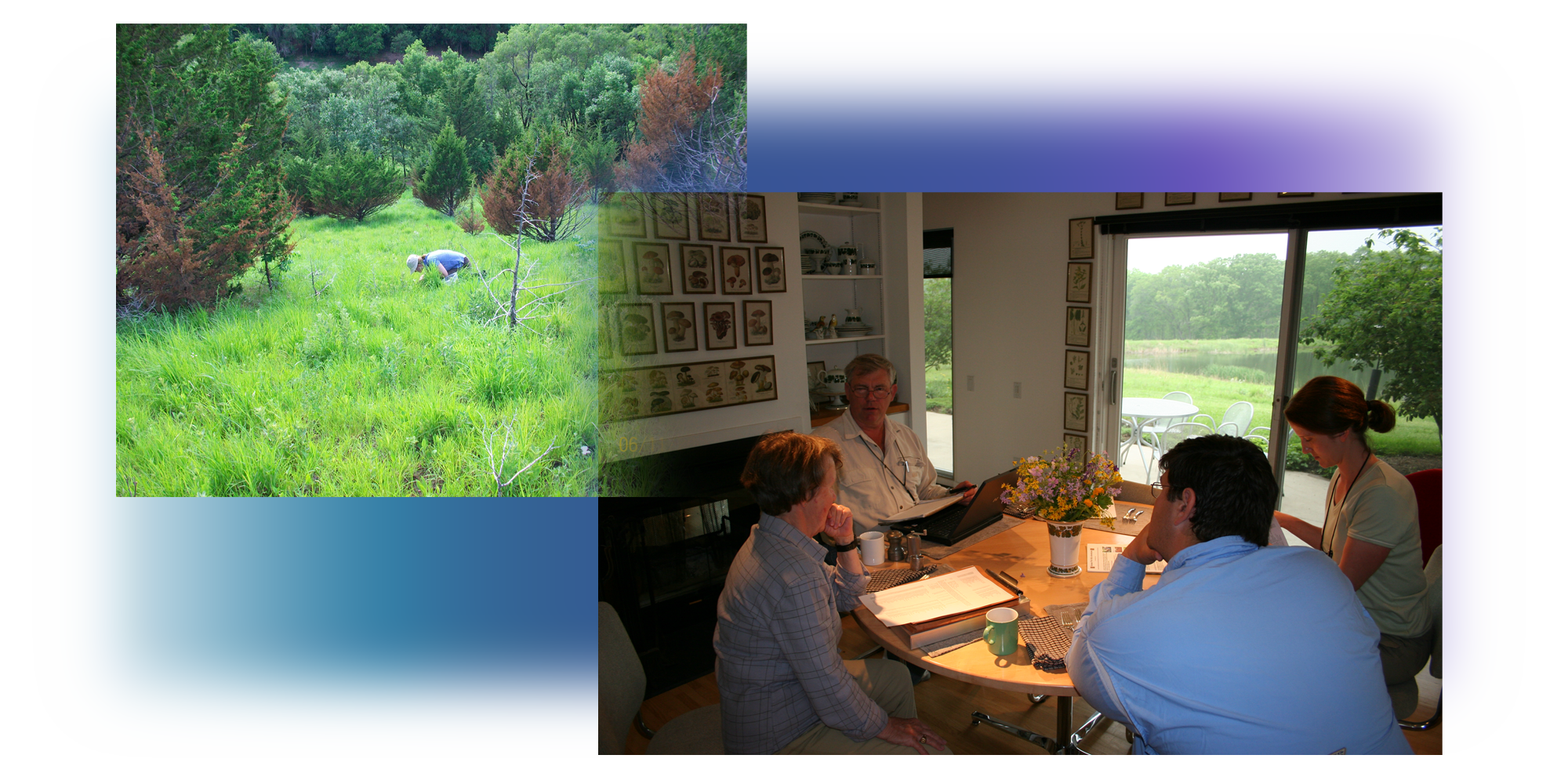
The Pokagon Cultural Center Project
To begin to create a colloquium worthy of a project, CRI always starts with the process of unearthing the clients' First Principles. For the clients, it is intended to provide an opportunity to discover and communicate their foundational values and beliefs and in doing so learn to find common ground among themselves. For the Creative Director, the First Principles become the building blocks of the project and a set of design principles that must be accommodated.
First Principles of the Pokagon Cultural Center
Welcoming Lifeways
Principle: Where the Life Ways of the Anishnabek are nurtured and celebrated authentically, the Way welcomes all Anishnabek who are interested and respect the Way.
Place
Principle: The native plants and animals of the Pokagon Land are the brothers and sisters of the Anishnabek. They are the Cultural Center, the only ones on earth with the genetic memory of living in harmony with the Anishnabek, having provided them their food, shelter, clothing, tools, medicine, spiritual guidance, and knowledge of the Way.
Family
Principle: If we honor the Circle of Life, all life stages will be reflected, embraced, and accommodated, and the circle will remain a circle.
Building Community
Principle: A Cultural Center that embraces meaningful interactions among all members of the community assures the social health of the community
Fire
Principle: A cultural center that nurtures the original Way, that the Potawatomi are the "Keepers of the Fire", will recognize that Fire nourishes the Anishnabek through the preparation of food, comforts them through its heat, and is critical to the Way in which the Anishnabek maintain harmony with all of their brothers and sisters.
Water
Principle: All the waters that fall and flow are a gift from the Great Spirit.
Wind
Principle: A cultural center that receives the wind and air easily will invite all who participate with open arms.
Earth
Principle: If the Way of Mother Earth is honored and understood, she will provide all the gifts necessary to nurture the Anishnabek, including all that is beautiful and inspiring, substantive and spiritual.
Quality
Principle: The Anishnabek were here in the past, we are here now, and we will be here in the future, so all that we do is inspired by the experience and humility of the wise, the search for beauty and integrity of our labors, and assured by the blessings, creativity, new ideas born into the unique souls of each of our children.
Locally Reflected Ambience
Principle: Since familiarity creates a sense of well-being, the more authentic vehicles to familiarity are through the senses and through the use of locally obtained and traditionally used materials and craftsmanship
Key questions which evolved:In the words of the Pokagon Band, these questions and answers emerged:
What is culture?- Culture is not a building.
- Culture is the way we live—our lifeways.
- Living our lifeways.
- Culture is the knowledge of our food, ceremonies, language, our unique Potawatomi/Anishabe lifeways.
- Unite. Be together. Create a home base that fosters a sense of 'home', 'grandma's, welcome, respite, and safety.
- Share and teach our language and cultural lifeways. Learn and practice our language and cultural lifeways. Engage in ceremonies
- Follow in the traditional ways of resiliency and adaptability. Support traditions that create economic opportunities through the implementation of traditional ways (black ash basket making, huckleberry picking, land stewardship, growing and producing traditional food and healing plants)
- Archive and display for teaching purposes (artifacts, art, photos, documents)
- Be in spiritually rich relationships ... human to animal to plant to water. Nurture our relationship with the rain/water, sun, soil, wind, sky, and stars
- Acknowledge and care for the elders. Honor the power of the next generation. Balance male and female relationship.
This hand-drawn rendering of the Cultural Center represents the aesthetics and program scale, as discovered by the Pokagons through design colloquiums. (Rendering by Nicole Andersson)
Site Assessment
Each site assessment begins with an attempt to understand the ecological and cultural history of the site. General Land Survey Notes are read and interpreted. An inventory of the plants is made of the various vegetational or land use areas. Each area is evaluated with respect to floristic quality and the extent to which a proposed project impacts might have positive or negative effects on the water, soil, and aboriginal life of the area. Often an assessment of the some guilds of animals are evaluated as well. Inevitably, each area will be assessed to determine the optimum approach to maintenance, restoration, and stewardship.
At Rodgers Lake, for example, 18 vegetational areas were assessed and evaluated using the approach invented by Dr. Wilhelm known as floristic quality assessment. A significant number of areas were determined to be irreplaceable remnant landscapes. Those are shown in red and orange in table "Landscapes of Rodgers Lake". Recommendations for rehabilitation and stewardship were recommended.
Several other sites were severely degraded and two areas represent complete system obliteration. It was from among these sites that structural elements of the cultural center were selected for construction.